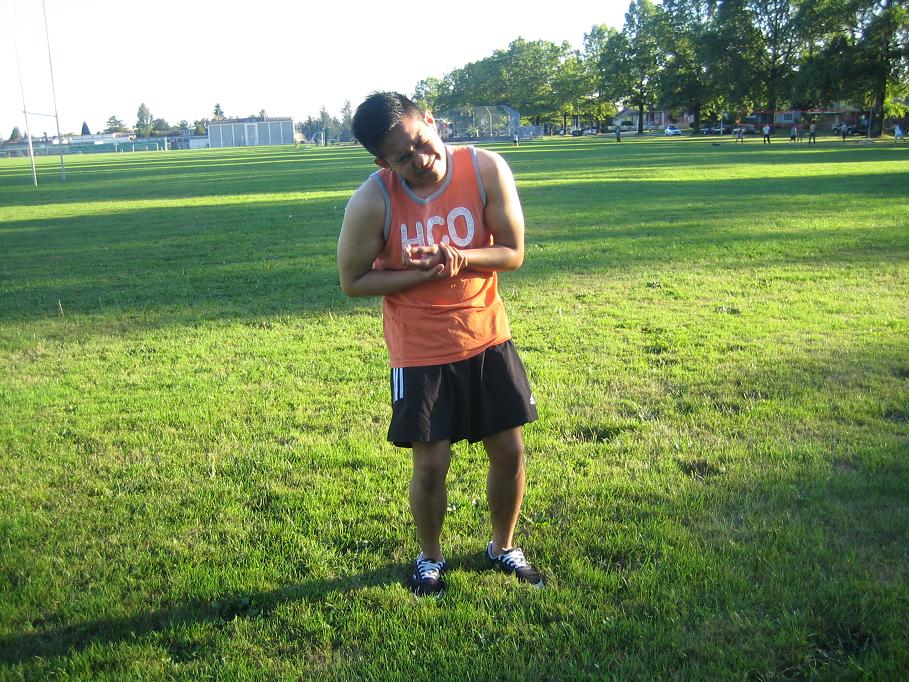The swelling of the tendon sheath is called as tendon sheath inflammation or tenosynovitis. The tendons are protected by a sheath called synovium that wraps around the tendons. This sheath generates synovial fluid that keeps the tendon properly lubricated.
Once the tendon is damaged, it can lead to its malfunction. As a result, the sheath could not produce synovial fluid or not produce sufficient fluid. This results to inflammation or swelling of the sheath.
Possible causes
Tendon sheath inflammation is the result of damage to the tendon or adjacent bone or muscle. This can occur among those who engage in repetitive activities as well as those in certain jobs face a higher risk.

The inflammation typically affects the tendons of the hands, wrists and the feet. Take note that injury can occur from the following:
- Abrupt strains and sprains
- Engaging in repetitive activities
- Standing in the same position for extended periods of time
- Prolonged physical activities such as running
It is important to note that tendon sheath inflammation might also be due to underlying health conditions such as the following:
- Scleroderma
- Rheumatoid arthritis
- Gonorrhea
- Gout
- Reactive arthritis
- Diabetes
The exact cause of the disease could not be determined in some individuals. In rare instances, tendon sheath inflammation is triggered by an infection due to a puncture or cut to the tendon.
Indications of tendon sheath inflammation
Some tendons in are prone to injury, mainly in the feet, hands as well as the wrists. The inflammation is quite common in these areas. Nevertheless, it can occur in any tendon in the body including the elbow, shoulder and the knee. Once this condition develops, the following symptoms can occur:
- Joint pain
- Joint swelling
- Stiff joint
- Tenderness of the joint
- Reddened skin over the affected tendon
Some individuals might develop a fever. This simply indicates that infection is present and entails immediate medical attention.
Management
The treatment for tendon sheath inflammation is focused on minimizing the pain and inflammation. One measure is to rest the affected area and stop activities that triggered the initial injury.
The doctor might recommend a splint or brace to immobilize the affected area. The application of heat or cold to reduce the pain and swelling are also beneficial. Other measures that the doctor might recommend include the following:
- Massage
- Ultrasound
- Stretching of the affected area
- Transcutaneous electrical nerve stimulation (TENS)
The doctor might also prescribe medications such as over-the-counter non-steroidal anti-inflammatory drugs (NSAIDs) such as ibuprofen or even injectable corticosteroids. In case the condition was triggered by an infection, the doctor will prescribe antibiotics.

